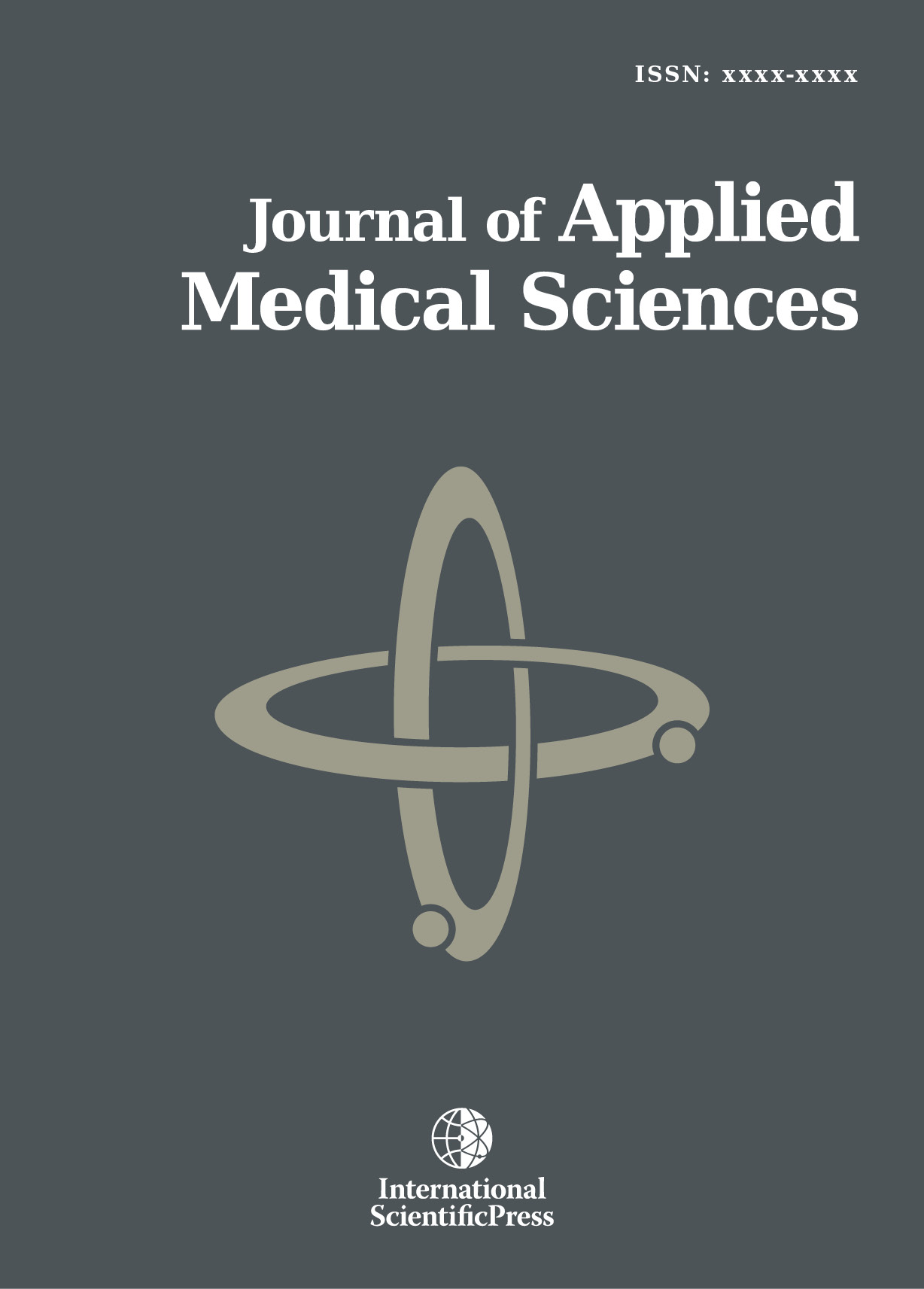Journal of Applied Medical Sciences
The Influence of Body Mass Index, Age, and Gender on the Levels of 25-Hydroxyvitamin D: A Study in the United Arab Emirates
-
 [ Download ]
[ Download ]
- Times downloaded: 10765
-
Abstract
Background: Although many studies have highlighted the association between obesity and vitamin D, the results remain inconsistent. Therefore, we assessed this correlation in association with other parameters. Our objectives in this study were to demonstrate the relationship between gender and vitamin D deficiency, to examine the association of age with vitamin D deficiency and to investigate the correlation between body mass index and vitamin D deficiency. Methods: The levels of serum 25-hydroxyvitamin D (25-OH-VitD), age, gender and body mass index (BMI) of the 422 participants were analysed by T- test, ANOVA and multiple regressions using the Statistics Package for Social Sciences. Results: Overall, 84.4 per cent of study participants had either mild or severe vitamin D deficiency using a cut-off level of 25-OH-VitD of ≤ 30 ng/ml. The statistical analysis indicated that there was a significant correlation between gender and 25-OH-VitD levels. Conversely, no significant correlations of age and BMI with 25-OH-VitD were recognized. Furthermore, the directions of the correlations of 25-OH-VitD levels with the independent variables were as follows: positive with gender, negative with age and negative with BMI. Conclusion: The levels of 25-OH-VitD were influenced significantly by gender but not by BMI and age. Female patients seem to suffer more from vitamin D deficiency than do males. High BMI decreases the levels of 25-OH-VitD, pushing the body towards vitamin D deficiency. The same effect is reported for the patient age. The effect of gender on the 25-OH-VitD levels is higher than the effects of BMI and age.
